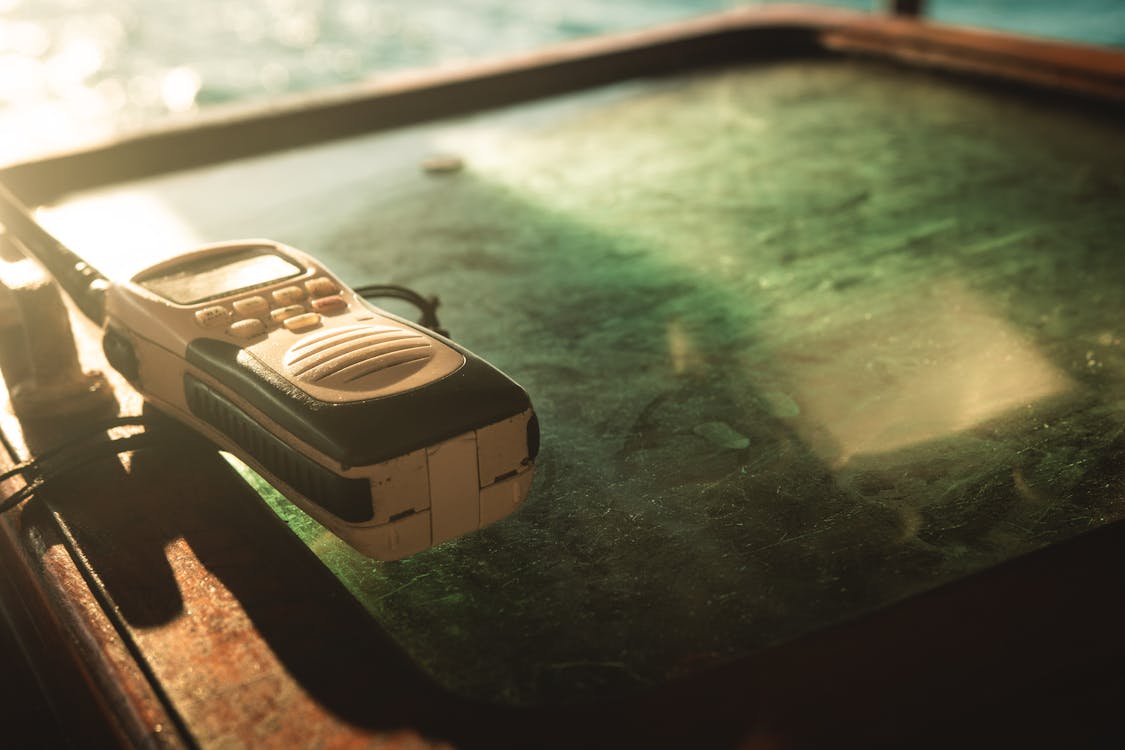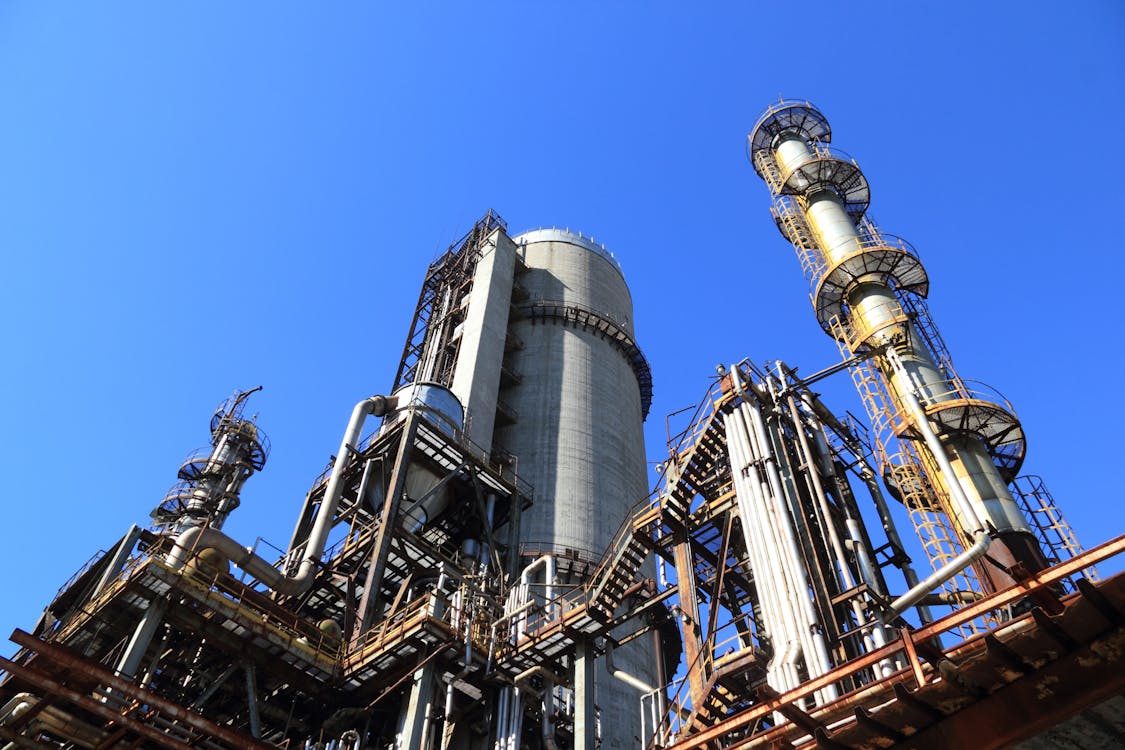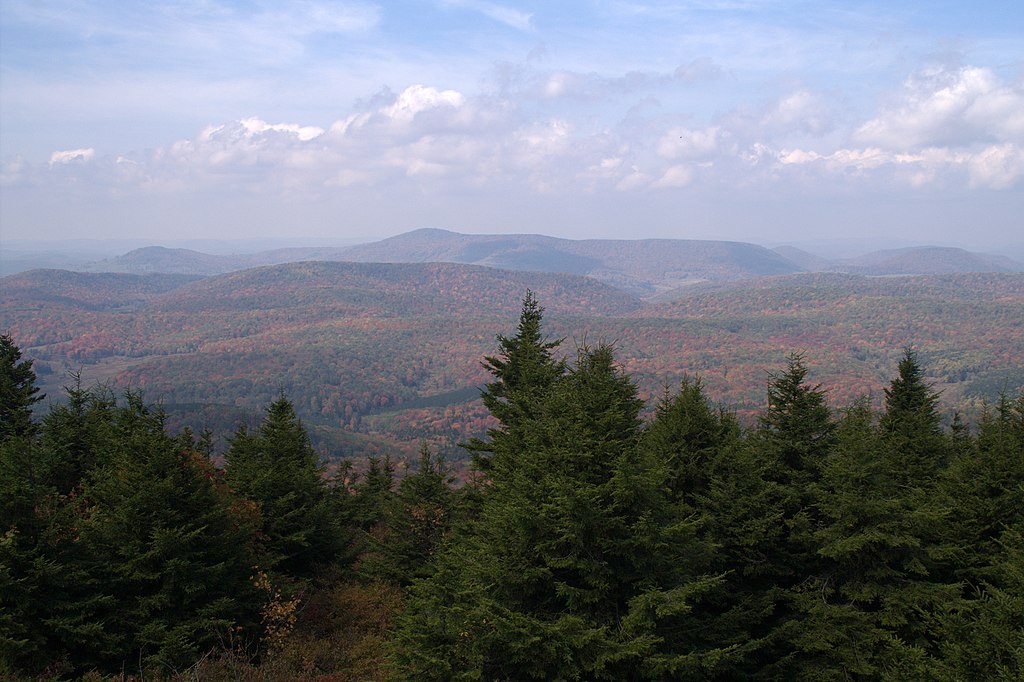For more than three decades, a nuclear secret sat quietly beneath one of America's most famous resorts. Hidden under the Greenbrier in West Virginia was a fully equipped covert facility, ready to house the entire United States Congress if disaster struck.
What Is The History Of The Greenbrier Bunker, And How Was It Discovered? From 1958 To 1995: Three Decades Of Operational Readiness How Was The Secret Bunker At The Greenbrier Designed To Protect Congress? What Can Visitors Expect During A Greenbrier Bunker Tour Today? Why Was West Virginia’s Greenbrier Resort Chosen For This Secret Site? What Was Daily Life Like Inside The Greenbrier Bunker During The Cold War Era? How Did The Greenbrier Bunker's Existence Remain Hidden For So Long? Bunker Insights: Learning from the GreenbrierTable of Contents
Built during the Cold War and concealed from the public, the Greenbrier shelter tells a story of preparation, secrecy, and surprising resilience. Understanding how it was built, how it operated, and how it stayed hidden reveals not only a fascinating piece of history but also a deeper glimpse into the priorities of the time.
What Is The History Of The Greenbrier Bunker, And How Was It Discovered?

Image source: https://www.smithsonianmag.com/
The Greenbrier resort in West Virginia looks like a peaceful place. For most visitors, it is. What few suspected for decades was that this historic resort concealed a nuclear fortification. The bunker beneath the Greenbrier was built to shelter the United States Congress in the event of a nuclear war. It was not a myth. It was real, and it stayed secret for more than thirty years.
The Cold War Origins And Project Greek Island
In 1958, the federal government launched Project Greek Island. This was a contingency plan to protect Congress in case Washington, D.C., became uninhabitable. The Greenbrier was selected because of its relative proximity to the capital, yet it was far enough to avoid being a primary target. The construction was carried out under the guise of expanding the Greenbrier Clinic, which helped keep the purpose of the facility hidden.
The 1992 Washington Post Exposé That Declassified The Secret
For decades, the facility remained unknown to the public. That changed in 1992 when Ted Gup published an exposé in the Washington Post. The article revealed the existence of the top-secret fortification, ending its operational use. After the exposé, the government quickly declassified the site. The bunker was no longer viable for emergency use once the location became public knowledge.
Civil Liberties and Public/Political Reaction
The public reaction was mixed. Some people were shocked by the idea that their elected representatives had a plan for survival while they did not. Others were fascinated by the engineering and secrecy behind the project. Civil liberties advocates raised concerns about the lack of transparency, but Congress offered limited statements. President Eisenhower, who was in office when planning began, had never publicly acknowledged the facility.

Image source: Wikipedia
From 1958 To 1995: Three Decades Of Operational Readiness
The Greenbrier remained fully equipped and staffed until 1995. The government maintained a consistent plan to keep the facility in operational condition in case a national emergency occurred.
Key Contractors and Cost
The government worked with contractors like Fritz Bugas, who was involved in overseeing the on-site team. The total cost has never been officially disclosed, but it ran into the tens of millions. The bunker included a data storage complex, power plant, kitchen, and sleeping quarters. All were hidden behind the cover of medical and conference spaces aboveground.

Image source: Mainline Media News
Capacity and Intended Use
The site was built to support all members of the United States Congress, along with staff and support personnel. The relocation center could accommodate over 1,100 people. The House and Senate were given separate chambers within the site. Various rooms, bunk beds, and medical facilities were all incorporated into the below ground design.
Decommissioning, Restoration, and Modern Legacy

After it was declassified, the bunker was stripped of sensitive equipment. The Greenbrier resort took over its maintenance. By 1995, the space had transitioned into a guided tour destination. The transformation was gradual, but steady. The resort retained the original layout of the covert complex and worked to preserve its authenticity for historical tours.
How Was The Secret Bunker At The Greenbrier Designed To Protect Congress?
The engineering behind the Greenbrier shelter was not flashy. It was built to work, not impress. That practicality is part of what helped it remain a secret for so long.
The 25-Ton Blast Door And Underground Sit Features
The entrance was protected by a 25-ton blast door. Behind it were narrow corridors, reinforced ceilings, and a network of rooms equipped for long-term occupation. The covert structure was hidden behind what was labeled an exhibit hall. This was part of the deception that helped conceal the true nature of the installation.
Decontamination Chambers And Fallout-Protection Systems
If Congress had ever been evacuated to the site, the first stop would have been the decontamination vault. This was essential for removing radioactive particles. After passing through that, individuals would enter the secure area. The bunker included lead shielding, filtered air systems, and a storage supply for clean water and food. Fallout concerns were taken seriously.
Relocation Center For The House And Senate
The relocation center provided designated rooms for the House of Representatives and the Senate. These rooms resembled small legislative chambers, although with limited seating. The intent was to allow continuity of government operations. Communication equipment allowed for contact with military command and other branches of government.

Image source: Athena_Sandrini_Pexels
Secure Communications Infrastructure
One of the more impressive features was the secure communications setup. Equipment included secure phone lines, radio transmitters, and a closed-circuit television system. These allowed Congress to broadcast messages and maintain operational control. Hidden cables connected to relay stations outside White Sulphur Springs, providing a backup link in case Washington was compromised.
What Can Visitors Expect During A Greenbrier Bunker Tour Today?

Image source: Wikimedia Commons
The Greenbrier is now open to the public. Tourists can walk through the same halls that once stood ready for a national emergency.
Current Tour Options And What Parts Of The Bunker Are Accessible
Today, tours last approximately 90 minutes. Visitors are guided through key sections, including the power plant, the vaults, and the decontamination room. While some equipment was removed, much of the structure remains intact. Photography is restricted in certain areas to protect preservation efforts.
The Transformation From Nuclear Fortification To Tourist Attraction
The Greenbrier resort has handled the transformation carefully. Rather than sensationalize the site, they present it as a historical space. Staff include trained guides, some of whom are former employees familiar with its Cold War function. There are no simulated war drills or reenactments, but there are detailed explanations and original blueprints on display.
Image source: Greenbrier Bunker
How The Bunker Connects To The Greenbrier Resort In West Virginia
The Greenbrier resort has a long history of government use, dating back to 1778. During World War II, the U.S. government converted the resort into a military hospital. This made it a familiar location for federal operations. The bunker was built beneath the West Virginia Wing of the resort, connecting directly to guest corridors. This connection allowed for discreet access in case of an emergency.
Post-Tour Use and Preservation Challenges
Maintaining a site of this scale is expensive. Humidity, mold, and aging infrastructure require constant monitoring. The resort has taken responsibility for its upkeep, but parts of the bunker are no longer accessible. Some rooms have been repurposed as part of the resort's conference center, though the most historically relevant spaces remain preserved.
Why Was West Virginia’s Greenbrier Resort Chosen For This Secret Site?
There were many potential sites, but the Greenbrier stood out. Location, size, and previous federal use all played a part.
The Strategic Location Between Washington, D.C., And Other Government Installations
West Virginia provided a stable and remote environment while still being within driving distance of Washington, D.C. The Allegheny Mountains offered natural protection. This helped meet security goals without requiring a remote wilderness location like Clay County. Scenic drives and limited access roads made surveillance more manageable.
Image source: Wikipedia
The Greenbrier’s History As A Government Complex Since 1778
Since 1778, the Greenbrier has served as a hospital, recovery center, and government visitors lodge. During the war era, it was used for outdoor recreation and medical rehabilitation. This made it easier to pass off the construction as part of the resort’s ongoing federal cooperation.
How The Resort’s Size Allowed For Hiding A Massive Below Ground Structure
The Greenbrier spans more than 11,000 acres. That includes gardens, golf courses, cottages, and guest wings. With that much room, it was easier to hide the construction of a nuclear bunker. Contractors used equipment that blended with other ongoing renovations.
Comparisons And Unique Features
Unlike other government bunkers, this one was built directly under a luxury resort. Many similar sites are isolated, like the ones near Roanoke or Baltimore. The Greenbrier shelter was also unique because it was active for so long. From 1962 until its declassification, it remained fully operational.
What Was Daily Life Like Inside The Greenbrier Bunker During The Cold War Era?
The Greenbrier was never activated in a national emergency. Still, it required regular staffing and maintenance to stay ready.
Staffing And Maintenance Of The Top-Secret Installation
The bunker was staffed by a rotating group of technicians who posed as hotel employees. Their job was to monitor systems, test communications, and inspect equipment. Only a few people in the Greenbrier clinic and legislature knew their true assignments. Their presence was explained by the nearby guest rooms and conference spaces.
Emergency Protocols During Events Like The Cuban Missile Crisis
During the Cuban Missile Crisis in 1962, the bunker was placed on high alert. Congress members were quietly informed of the existence of relocation procedures. The site was stocked with medical kits, water supplies, and food rations. Staff practiced emergency protocols, but Congress was never officially evacuated.
The West Virginia Wing And How It Connected To Visitor Areas
The West Virginia Wing contained false walls, locked doors, and hidden corridors. Staff used these to move between the clinic and the bunker without being noticed. The wing connected to the guest areas, so the movement of personnel did not raise suspicion. In this way, the secret complex stayed hidden in plain sight.
How Did The Greenbrier Bunker's Existence Remain Hidden For So Long?
Hiding a nuclear bunker under a luxury resort sounds impossible. But the plan worked, and it lasted decades.
The Cover Story Of The “Greenbrier Clinic” And Exhibition Hall
The Greenbrier Clinic was expanded as part of the cover. Officially, the exhibit hall served as a conference space. In reality, it masked the blast doors and ventilation systems. Medical staff and visitors visited the clinic often, providing natural traffic to explain activity in the area.
The Hidden Power Plant And Secret Maintenance Operations
A power plant was installed specifically for the bunker. Staff referred to it as an auxiliary system. Maintenance crews were hired to operate both visible and hidden infrastructure. Their operations were kept separate from the resort employees. For added secrecy, some wiring ran through farm buildings and equipment sheds.

Image source: Pixabay_Pexels
By the time the bunker was discovered, it had already been operational for over three decades. No historian, visitor, or casual observer had ever exposed its existence. The Greenbrier is now a reminder of how far the government was willing to go to prepare for the worst.
Bunker Insights: Learning from the Greenbrier
The Greenbrier bunker remains a powerful Cold War artifact, blending secrecy, preparation, and government continuity planning. Though never used in crisis, it demonstrates how seriously officials viewed nuclear threats. Today's visitors experience a rare glimpse into spaces where government survival was quietly rehearsed beneath a luxury resort. For modern preparedness equipment, consider MIRA Safety products.
Frequently Asked Questions

